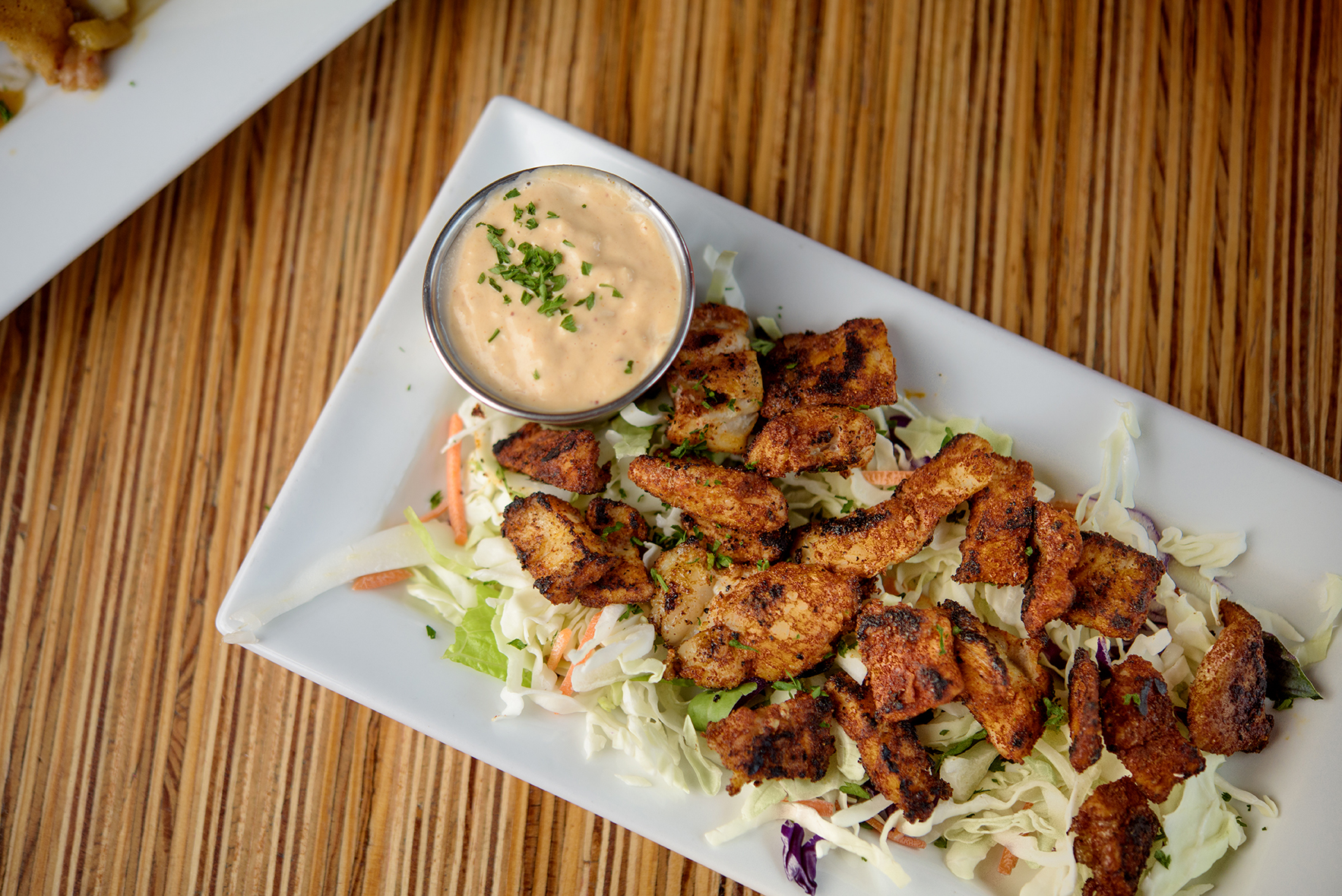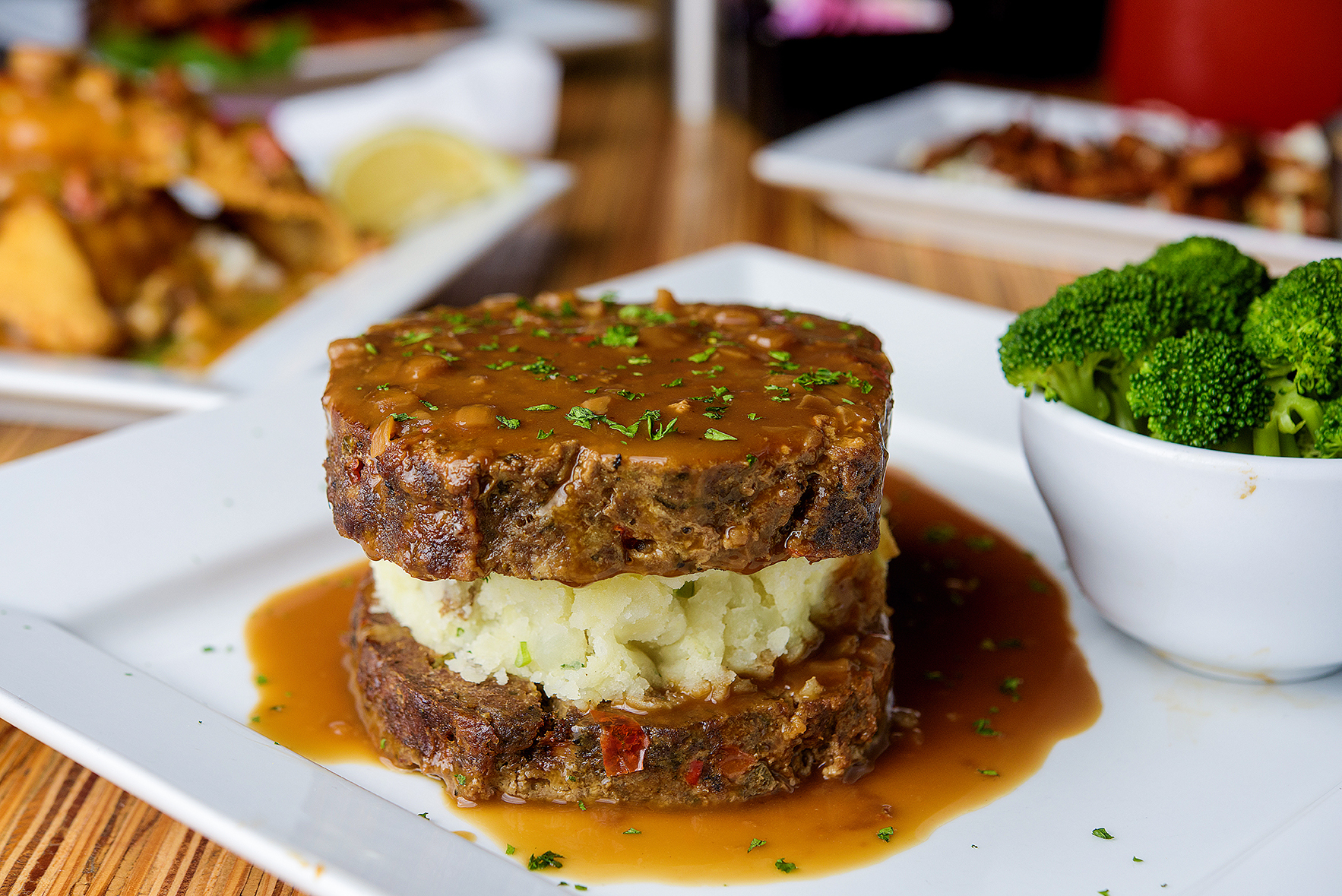Mastering The Art Of Boil And Roux: A Complete Guide To Perfect Cooking
Boil and roux are two fundamental techniques in the culinary world, forming the backbone of countless recipes. Whether you're simmering a hearty stew or crafting a rich, creamy sauce, understanding these methods can elevate your cooking to new heights. Boiling ensures ingredients are cooked thoroughly, while roux adds depth and texture to dishes, making them irresistibly flavorful. This guide dives deep into the nuances of boil and roux, offering insights, tips, and step-by-step instructions to help you master these essential skills.
Boiling is more than just heating water to its highest temperature; it’s about timing, precision, and knowing when to add ingredients for optimal results. On the other hand, roux—a mixture of flour and fat—is the secret behind velvety sauces, soups, and gravies. When combined, boil and roux create a symphony of flavors that can transform even the simplest ingredients into gourmet meals. From beginner cooks to seasoned chefs, this article will equip you with the knowledge to perfect these techniques.
With the increasing popularity of home cooking and culinary experimentation, mastering boil and roux has never been more important. Whether you're looking to impress dinner guests or simply elevate your weeknight meals, these methods are indispensable. In this article, we’ll explore everything from the science behind boiling to the art of crafting the perfect roux, ensuring you have all the tools you need to succeed in the kitchen.
Read also:Discover The Vibrant World Of Knights Community Club A Hub For Connection And Growth
- What is Boil and Roux?
- How Does Boiling Affect Cooking?
- Why is Roux Important in Cooking?
- How to Make the Perfect Roux?
- Common Mistakes to Avoid with Boil and Roux
- Can You Use Boil and Roux for Vegetarian Dishes?
- The Science Behind Boiling and Roux
- Tips for Combining Boil and Roux
- How to Store Dishes Made with Roux?
- Frequently Asked Questions About Boil and Roux
What is Boil and Roux?
Boil and roux are two distinct yet complementary techniques used in cooking. Boiling involves heating a liquid to its boiling point, typically 100°C (212°F) at sea level, to cook ingredients thoroughly. It’s a versatile method used in everything from pasta to soups. Roux, on the other hand, is a mixture of equal parts fat (like butter or oil) and flour, cooked together to form a thickening agent for sauces, gravies, and soups.
While boiling is straightforward, roux requires careful attention to detail. The color and consistency of a roux can vary depending on the dish you're preparing. A light roux is perfect for creamy sauces, while a darker roux adds a nutty flavor to gumbo or stews. Understanding how to balance these techniques is key to creating dishes that are both flavorful and visually appealing.
How Does Boiling Affect Cooking?
Boiling is one of the most common cooking methods, but its impact on food is often underestimated. When you boil ingredients, the high heat breaks down fibers, softens textures, and infuses flavors. For example, boiling vegetables helps retain their nutrients while making them tender and easy to digest.
However, boiling isn’t just about water. Adding spices, herbs, or broth to the liquid can enhance the taste of your dish. The boil and roux combination is particularly effective in recipes like gumbo, where boiling extracts flavors from spices, and roux thickens the broth to create a rich, hearty stew.
Why is Roux Important in Cooking?
Roux is the unsung hero of many classic dishes. Its primary purpose is to thicken liquids, but it also adds depth and complexity to flavors. Without roux, dishes like béchamel sauce, mac and cheese, and gumbo would lack their signature richness.
There are three main types of roux: white, blond, and brown. Each type serves a different purpose in cooking. For instance, a white roux is ideal for creamy soups, while a brown roux is perfect for Cajun dishes. Mastering the art of roux is essential for anyone looking to elevate their culinary skills.
Read also:Discover The Allure Of Goldie West Co A Unique Blend Of Style And Sophistication
How to Make the Perfect Roux?
Making a roux may seem simple, but achieving the perfect consistency requires patience and practice. Start by melting your fat of choice—butter, oil, or even bacon grease—in a heavy-bottomed pan. Once melted, gradually whisk in an equal amount of flour, ensuring there are no lumps.
For a white roux, cook the mixture for just a few minutes until it resembles wet sand. For a blond roux, continue cooking until it turns a light golden color. If you’re aiming for a brown roux, be prepared to stir constantly for 20-30 minutes to prevent burning. Remember, the darker the roux, the nuttier the flavor.
Common Mistakes to Avoid with Boil and Roux
Even experienced cooks can make mistakes when working with boil and roux. One common error is boiling ingredients for too long, which can lead to overcooking and loss of nutrients. Similarly, rushing the roux process can result in a lumpy or burnt mixture.
Another mistake is using the wrong type of roux for your dish. For example, a dark roux might overpower a delicate cream sauce, while a white roux won’t provide enough flavor for a hearty stew. Understanding the nuances of boil and roux is crucial for avoiding these pitfalls.
Can You Use Boil and Roux for Vegetarian Dishes?
Absolutely! Boil and roux are incredibly versatile and can be adapted for vegetarian cooking. For instance, boiling vegetables like carrots, potatoes, and beans creates a flavorful base for soups and stews. Meanwhile, a roux made with olive oil or vegan butter can thicken sauces without compromising dietary preferences.
Vegetarian dishes like creamy mushroom risotto or vegetable gumbo rely heavily on the boil and roux technique. By mastering these methods, you can create plant-based meals that are just as satisfying as their meat-based counterparts.
The Science Behind Boiling and Roux
Understanding the science behind boiling and roux can help you become a better cook. Boiling works by agitating water molecules, which transfer heat to the ingredients being cooked. This process not only softens textures but also helps release flavors.
Roux, on the other hand, relies on the chemical reaction between fat and flour. When cooked together, these ingredients create a gelatinous substance that thickens liquids. The longer you cook a roux, the more flavorful it becomes, but it also loses some of its thickening power.
Tips for Combining Boil and Roux
Combining boil and roux requires careful planning and execution. Start by boiling your base ingredients to extract maximum flavor. Once the liquid is ready, gradually whisk in your roux to avoid lumps.
Here are a few tips to keep in mind:
- Always add roux to hot liquid, not the other way around.
- Stir continuously to ensure even distribution.
- Adjust seasoning after adding roux, as it can alter the taste of your dish.
How to Store Dishes Made with Roux?
Dishes made with roux, such as soups or stews, can be stored in the refrigerator for up to 3-4 days. To extend their shelf life, freeze them in airtight containers for up to 3 months. When reheating, stir occasionally to redistribute the thickened texture.
Frequently Asked Questions About Boil and Roux
Here are answers to some common questions about boil and roux:
Can I Make Roux Without Flour?
While flour is the traditional thickener for roux, alternatives like cornstarch or arrowroot can be used for gluten-free options. However, the texture and flavor may differ slightly.
What Happens If I Overcook My Roux?
Overcooking a roux can cause it to burn, resulting in a bitter taste. Always cook roux on low heat and stir constantly to prevent this.
Is Boiling Better Than Simmering?
It depends on the dish. Boiling is ideal for cooking pasta or extracting flavors quickly, while simmering is better for slow-cooked meals that require gentle heat.
How Do I Know When My Roux is Ready?
Your roux is ready when it reaches the desired color and consistency. For a white roux, this is typically after 2-3 minutes. For a brown roux, it can take up to 30 minutes.
By mastering boil and roux, you can unlock a world of culinary possibilities. Whether you're a home cook or a professional chef, these techniques are essential for creating delicious, restaurant-quality meals.
How To Boost Your Instagram Growth With Speed Instagram Followers
Kara Frederick Instagram: A Deep Dive Into Her Online Presence
Kevin Bishop Comedian: A Deep Dive Into His Life, Career, And Legacy

Restaurant Review Boil & Roux

Restaurant Review Boil & Roux